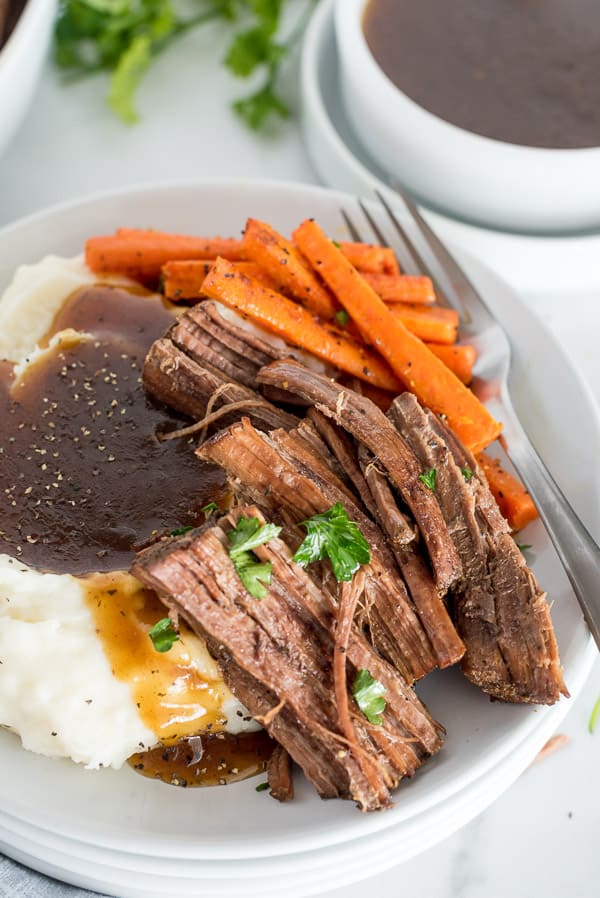Meat High Quality Grades Explained: What You Required to Know
Meat High Quality Grades Explained: What You Required to Know
Blog Article
From Farm to Table: Fresh and Costs Meat Choices
The trip of meat from farm to table envelops a complex interaction of quality, values, and sustainability. This shift not just enhances the dietary account of meat however additionally supports neighborhood economies.
Recognizing Meat Sourcing
As consumers end up being increasingly conscious of the beginnings of their food, comprehending meat sourcing has actually acquired vital importance. Meat sourcing includes mapping the journey of meat from farm to table, incorporating various aspects such as farming practices, animal well-being, and environmental effect. This understanding encourages consumers to make educated selections that align with their values, especially regarding sustainability and ethical considerations.
The sourcing of meat can differ dramatically based on multiple requirements, consisting of the kind of livestock, farming methods, and geographical place. Grass-fed beef frequently comes from pasture-based systems that promote pet welfare and decrease ecological destruction. Conversely, traditional meat might entail extensive farming methods that increase problems relating to antibiotic usage and habitat damage.
Knowing the details ranch or region where the meat stems aids consumers ensure top quality and security. Eventually, understanding meat sourcing not just improves consumer selection however also cultivates accountable usage and sustains ethical farming techniques.
Benefits of Fresh Meat
Choosing fresh meat uses various benefits that prolong beyond taste and texture. Fresh meat typically maintains higher dietary value contrasted to its frozen or refined counterparts. It is usually richer in necessary minerals and vitamins, such as B vitamins, iron, and zinc, which are essential for keeping overall wellness.
Furthermore, the sourcing of fresh meat often includes much shorter supply chains, decreasing the time in between farm and table. This means that the meat is less most likely to lose its dietary integrity during transport and storage. In addition, consumers can experience improved preference and juiciness, which can elevate culinary experiences.
Fresh meat additionally provides a chance for customers to support regional farmers and advertise sustainable agricultural techniques. When buying from neighborhood resources, individuals can contribute to their neighborhood economy and promote a better connection to the food they take in.
Lastly, fresh meat is typically without the preservatives and additives frequently discovered in processed options. This makes it a cleaner, healthier option for those looking to decrease their consumption of fabricated active ingredients. On the whole, the advantages of selecting fresh meat include health, preference, and a feeling of area involvement.
Pet Welfare Criteria
Guaranteeing high pet well-being standards is essential for both moral factors to consider and the high quality of meat products. The therapy of animals directly influences not only the moral ramifications of meat production yet likewise the overall top quality and safety and security of the end products. Animals elevated in gentle problems are have a peek here less stressed, bring about much healthier pets and, as a result, superior meat top quality.
Rules and accreditations concerning pet well-being have become significantly considerable in the meat industry. These structures guarantee pets are supplied with adequate room, correct nutrition, and humane handling throughout their lives. Practices such as pasture-raised systems and free-range atmospheres add to much better animal well-being by allowing animals to show natural habits, which is crucial for their health.
Moreover, customers are coming to be much more critical regarding the sources of their meat, bring about a growing demand for items that stick to stringent animal well-being criteria. This shift not only promotes honest farming techniques but likewise motivates manufacturers to adopt steps that improve the wellness and well-being of their animals. Meat. Eventually, focusing on pet well-being is not just a moral imperative; it is also a pathway to creating premium-quality meat that fulfills customer assumptions

Lasting Farming Practices
Lasting farming check my blog practices play an important function in boosting both animal welfare and the high quality of meat items. By applying rotational grazing, farmers can promote healthy pasture communities, enabling pets to feed on nutrient-rich yards while avoiding overgrazing.
Furthermore, sustainable farming commonly includes incorporated pest management and organic feed choices, reducing making use of dangerous chemicals. This strategy not just safeguards animal health yet additionally causes cleaner, safer meat items for customers. Water preservation strategies, such as rain harvesting and reliable watering systems, better add to lasting methods, making sure that resources are here are the findings utilized sensibly.
Furthermore, fostering biodiversity through polyculture systems and preserving environments for wild animals improves the durability of farming communities. By prioritizing these sustainable approaches, farmers can generate high-grade meat that fulfills consumer demand while advertising eco-friendly equilibrium. Ultimately, embracing lasting farming techniques is essential for creating an extra accountable and resilient food system that profits pets, farmers, and consumers alike.
Choosing Top Quality Over Quantity
Frequently, customers are faced with the dilemma of picking between quantity and top quality when it concerns meat products. While acquiring larger amounts may appear financially advantageous, the lasting benefits of picking top notch meat far surpass the instant financial savings. Quality meat is commonly sourced from animals elevated in sustainable settings, where they are given correct nutrition and treatment, resulting in premium taste and nutritional worth.
Premium meats are typically without hazardous ingredients, hormones, and prescription antibiotics that are often existing in mass-produced alternatives (Meat). This not only makes sure a healthier dining experience yet also supports moral farming practices that prioritize pet well-being. Additionally, premium meats often tend to have a better structure and taste, boosting the overall culinary experience
Buying top quality meat encourages consumers to value smaller sized portions, permitting a much more conscious approach to eating. This shift not just influences individual health positively but likewise promotes lasting consumption patterns that can benefit the atmosphere. In conclusion, focusing on high quality over amount when selecting meat items cultivates a much more responsible and health-conscious way of living, ultimately enhancing both the dining experience and the world.
Final Thought

Report this page